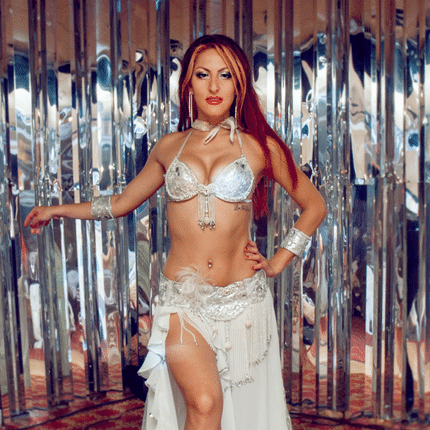The XIX century is called the period of "New time" in history. Revolutions are taking place in all aspects of society, which of course, could not pass by dance. As a result, faster, more energetic and fun dance styles come into trend.

Social dance gatherings called Balls became special events in the life of high society. Important political and commercial meetings, charity intended as a fundraiser, debutant balls at which young women were presented to the community took place at balls.
Balls generally had a dance itinerary the "ballroom menu" predetermined the sequence of dances performed at the Ball. This list opens with an exit of couples, each taking place in the row according to their social status. After that, dancing turns into a dialogue.

One of the dances that were very popular at balls was Polonaise / Polonez.
Polonez is one of the most festive dances of its era. Reminiscent
of a ceremonial entrance or a royal parade. This dance was the opening dance of the balls, and couples gracefully moved along a strict geometric scheme.
Polonez is of Polish origin: in the 15th century, it had a strictly ceremonial meaning - often performed at weddings. You can still see by this day polonaises performed at Polish weddings with candles and pines of beer.

HIRE FEMALE DANCERS: INCREDIBLE ENTERTAINMENT
In working-class culture, the polonaise was called "Hodzony," and it had distinctive features in different regions.
The popularity of Polonez has increased through the centuries. By the end of the 16th century, it was popular among the French elite.

A century later, the polonaise completely turned into a privilege of the nobility. It reached the Russian court by the 18th century, although, until the end of the 19th century, it was simply called the "Polish dance."
The basic pattern of the polonaise consists of three regular steps and a small pile on the supporting leg with a slight turn towards the forward leg and a drag.
You can have this beautiful dance which has become the leading dance at European balls, at your event.













